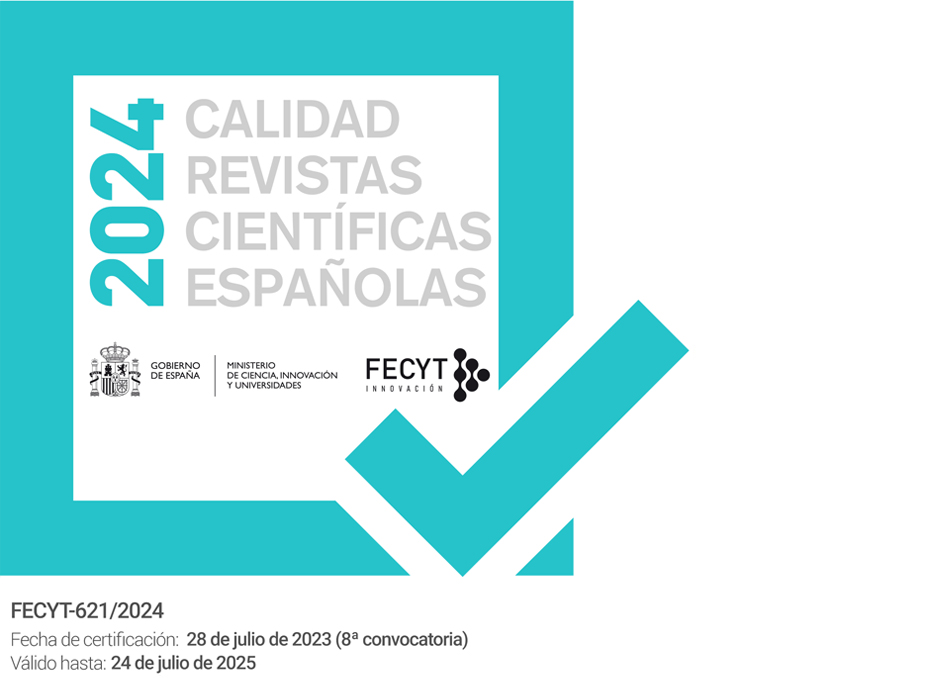¿Qué es hoy un embrión humano -no patentable-? La doctrina Brüstle, cinco años después
Abstract
El artículo lleva a cabo una revisión de la doctrina Brüstle, analizando su impacto en diversos ámbitos: el de las decisiones de la Comisión y el Parlamento europeo, especialmente en lo que respecta a la financiación de la investigación en el marco de H2020; el del propio Bundesgerichtshof y su solución al caso Brüstle; el de la Oficina Europea de Patentes, en sus decisiones posteriores sobre la patente europea solicitada por Brüstle (teniendo en cuenta el nuevo escenario que supone la patente unitaria) y, por último, en relación con la propia jurisprudencia posterior de TJUE (asunto ISCO). Este análisis nos permite afirmar que la doctrina Brüstle continua planteando interrogantes en cuanto al estatuto jurídico del embrión humano. Se apunta, en particular, la necesidad de aclarar el régimen de los embriones supernumerarios no viables.Downloads
Download data is not yet available.
Downloads
Published
2016-11-23
How to Cite
Albert Marquez, M. (2016). ¿Qué es hoy un embrión humano -no patentable-? La doctrina Brüstle, cinco años después. IUS ET SCIENTIA, 2(2), PP. 28–41. Retrieved from https://revistascientificas.us.es/index.php/ies/article/view/13226
Issue
Section
Artículos
License
Those authors being published in this journal agree to the following terms:
- Authors retain their copyright and they will guarantee to the journal the right of first publication of their work, which will be simultaneously subject to license recognition by Creative Commons that allows others to share such work provided it is stated the author’s name and his first publishing in IUS ET SCIENTIA.
- Authors may take other non-exclusive distribution license agreements version of the published work (e.g. deposit in an institutional digital file or publish it in a monographic volume) provided it is stated the initial publication in this journal.
- It is allowed and encouraged that Author s disseminate their work via the Internet (e. g. institutional digital files or on their website) prior to and during the submission process, which can lead to interesting exchanges and to increase citation of the published work.
Views
- Abstract 101
- PDF (Español (España)) 188




